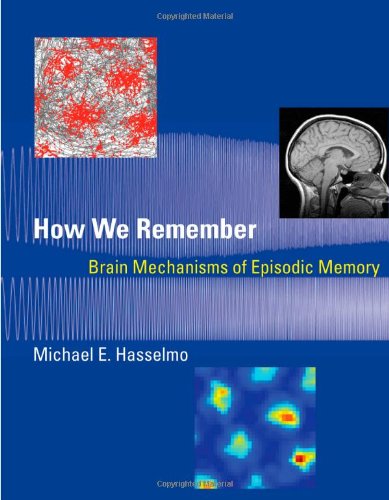(Ebook) How We Remember: Brain Mechanisms of Episodic Memory by Michael E. Hasselmo ISBN 9780262016353, 0262016354
Episodic memory proves essential for daily function, allowing us to remember where we parked the car, what time we walked the dog, or what a friend said earlier. In How We Remember, Michael Hasselmo draws on recent developments in neuroscience to present a new model describing the brain mechanisms for encoding and remembering such episodes as spatiotemporal trajectories. He reviews physiological breakthroughs on the regions implicated in episodic memory, including the discovery of grid cells, the cellular mechanisms of persistent spiking and resonant frequency, and the topographic coding of space and time. These discoveries inspire a theory for understanding the encoding and retrieval of episodic memory not just as discrete snapshots but as a dynamic replay of spatiotemporal trajectories, allowing us to "retrace our steps" to recover a memory. On the behavioral level, Hasselmo emphasizes the capacity to encode and retrieve spatiotemporal trajectories from personal experience, including the time and location of individual events. On the biological level, he focuses on the dynamical properties of neurons and networks in the brain regions mediating episodic memory, addressing the role of neural oscillations and the effect of drugs on episodic memory. In the main text of the book, he presents the model in narrative form, accessible to scholars and advanced undergraduates in many fields. In the appendix, he presents the material in a more quantitative style, providing mathematical descriptions appropriate for advanced undergraduates and graduate students in neuroscience or engineering.
*Free conversion of into popular formats such as PDF, DOCX, DOC, AZW, EPUB, and MOBI after payment.


